TPU vs. TPE: 7 Aspects of Comparison
 Aug 10,2021
Aug 10,2021

 Red Banner Electrician
Red Banner Electrician
As people's demands for products and services continue to increase, many industries are adopting the use of the new plastic material TPU to meet market requirements. The emergence of TPU materials has significantly contributed to the development of these industries. However, many customers who have recently encountered elastomers are not familiar enough with TPU materials and have trouble distinguishing between TPU and TPE.
Let me help you understand the difference between TPU and TPE, and analyze it from 7 aspects: Hardness, Application, Elasticity and Abrasion, Material Properties, Combustion, Performance, and Tactile.
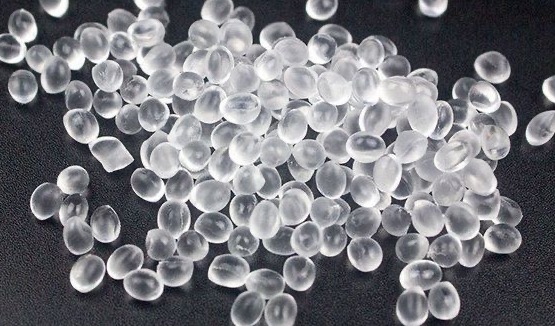
TPE
1.Hardness Range
Thermoplastic elastomers based on SEBS modification offer a wide range of adjustable hardness, spanning from 0 to 100 on the Shorea scale. In comparison, the hardness range for thermoplastic elastomers typically falls between Shore 60A and Shore 70D (although there are some expensive soft thermoplastic elastomers with a hardness of approximately 45A in foreign countries). Therefore, thermoplastic elastomers generally exhibit a low to medium hardness range, while TPUs exhibit a medium to high hardness range.
2.Coating Application Analysis
Thermoplastic elastomers (TPE) and thermoplastic polyurethane (TPU) are two commonly used soft compounds for coating molding. Typically, thermoplastic elastomers are used to coat materials such as PE, PP, and other plastics, with hardness ranging from 20 to 95A. TPU is typically utilized as a soft rubber material for coating ABS, PC, PA, and other plastics, with hardness ranging from 75A to 72D. However, specially modified thermoplastic elastomers using the SEBS system can also be employed to coat ABS, PC, PA, with a hardness range of 35A to 90A.
3.Elasticity and Abrasion Resistance
TPU exhibits superior resilience and wear resistance compared to TPE, primarily due to differences in molecular segment structure. Additionally, the microstructure and properties of blended TPEs are inferior to those of polymeric TPUs. The presence of multiple components in a thermoplastic elastomer can negatively impact its resilience properties. This is particularly evident in thermoplastic elastomers with high hardness, where a significant number of polypropylene components greatly reduce the elasticity of the material, making it susceptible to deformation under continuous external force.
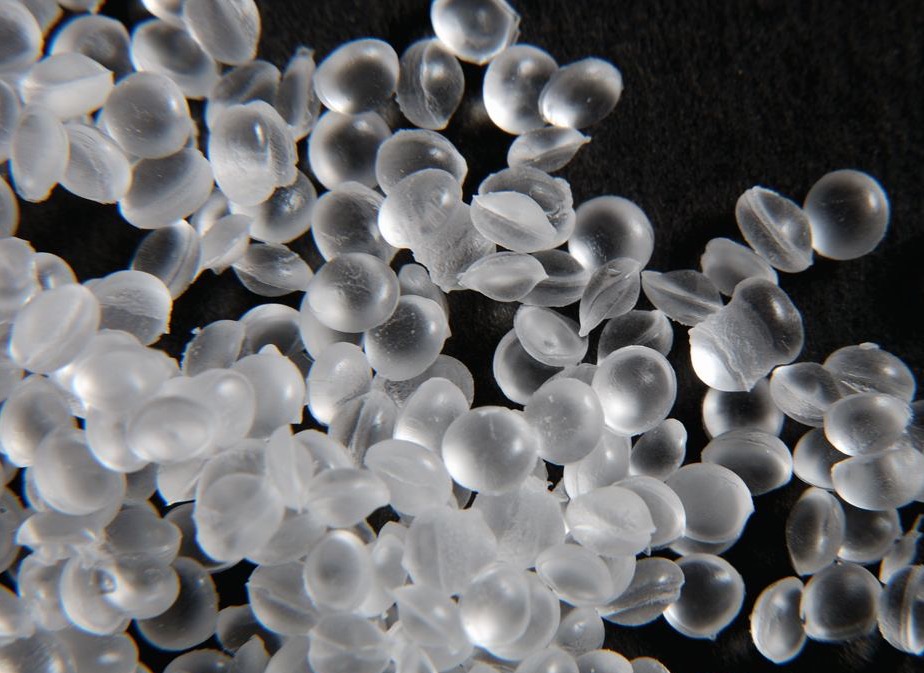
TPU
4.Material Properties
TPU demonstrates high wear resistance, strong tactile friction, but relatively poor smoothness. Conversely, TPE, with its softer SEBS molecular chain structure, offers a soft, comfortable feel with smoother characteristics.
5.Combustion Differences
When burned, TPE emits a distinct aromatic smell similar to petroleum (the smell of burning PP components), with a yellow flame tip and a blue flame root (ultra-soft hard TPE exhibits a yellow flame root). On the other hand, TPU produces a slightly irritating smell when burned and may produce a slight explosion sound.
6.Performance Differences
TPU exhibits better elasticity and elastic recovery properties (resistance to bending and creep) compared to TPE. The main reason lies in the material structure—TPU has a uniform polymer structure, while TPE is an alloy material with a multi-phase structure resulting from processing multi-component mixed high-hardness TPE. This makes the TPE product more prone to deformation within the hardness range, while TPU maintains good elasticity, making the product less susceptible to deformation.
7.Tactile Differences
Certain coated products, such as handles and wheels, may be made of either TPE or TPU. TPU products generally have a rough feel and offer strong friction resistance. Conversely, thermoplastic elastomer products exhibit a delicate and soft feel with weaker friction properties.


 HOME
HOME Weak Current Cables & Wire : Selection and Standards
Weak Current Cables & Wire : Selection and Standards  You May Also Like
You May Also Like



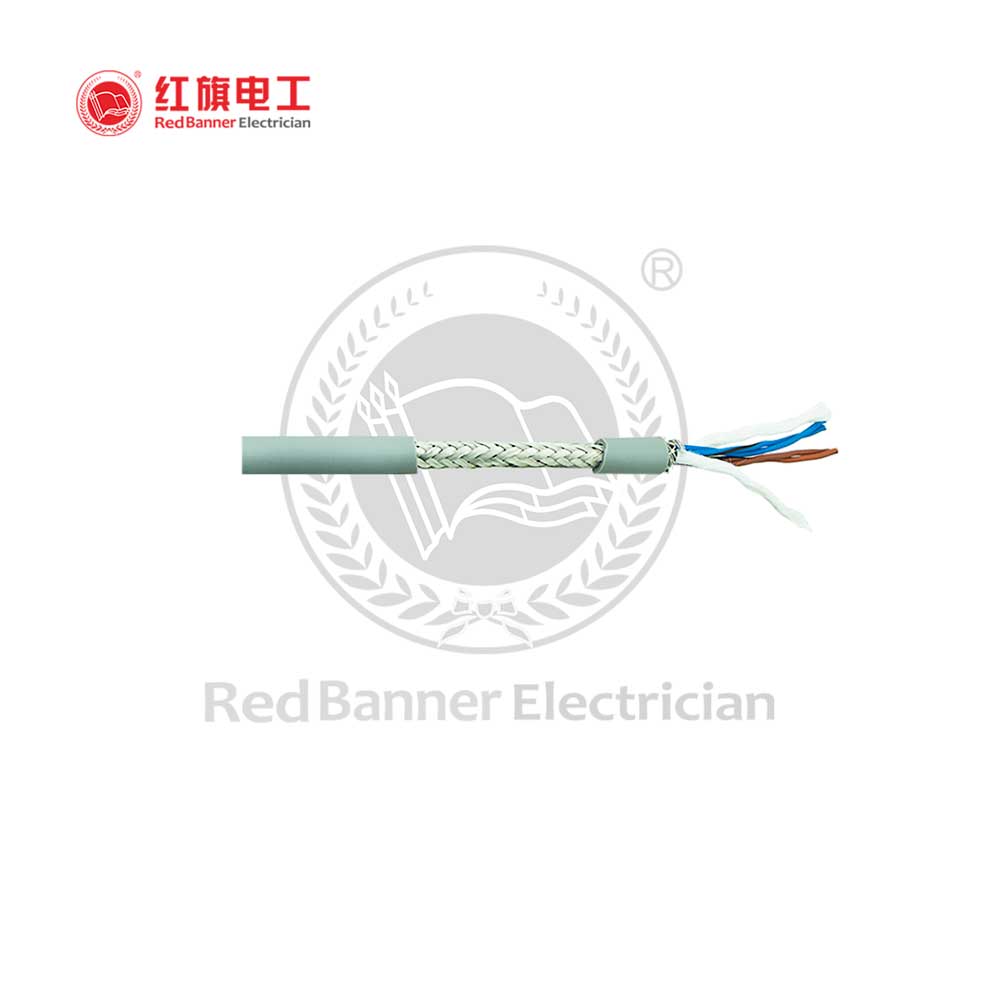

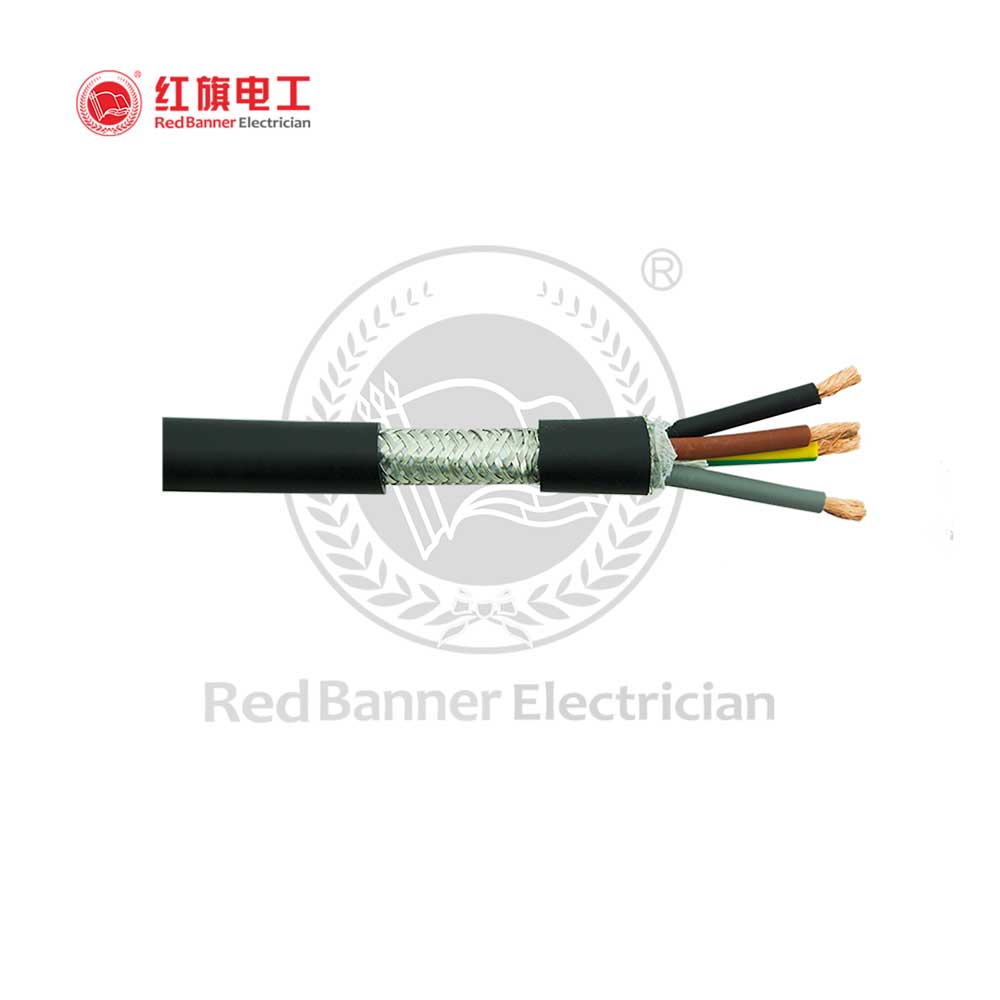

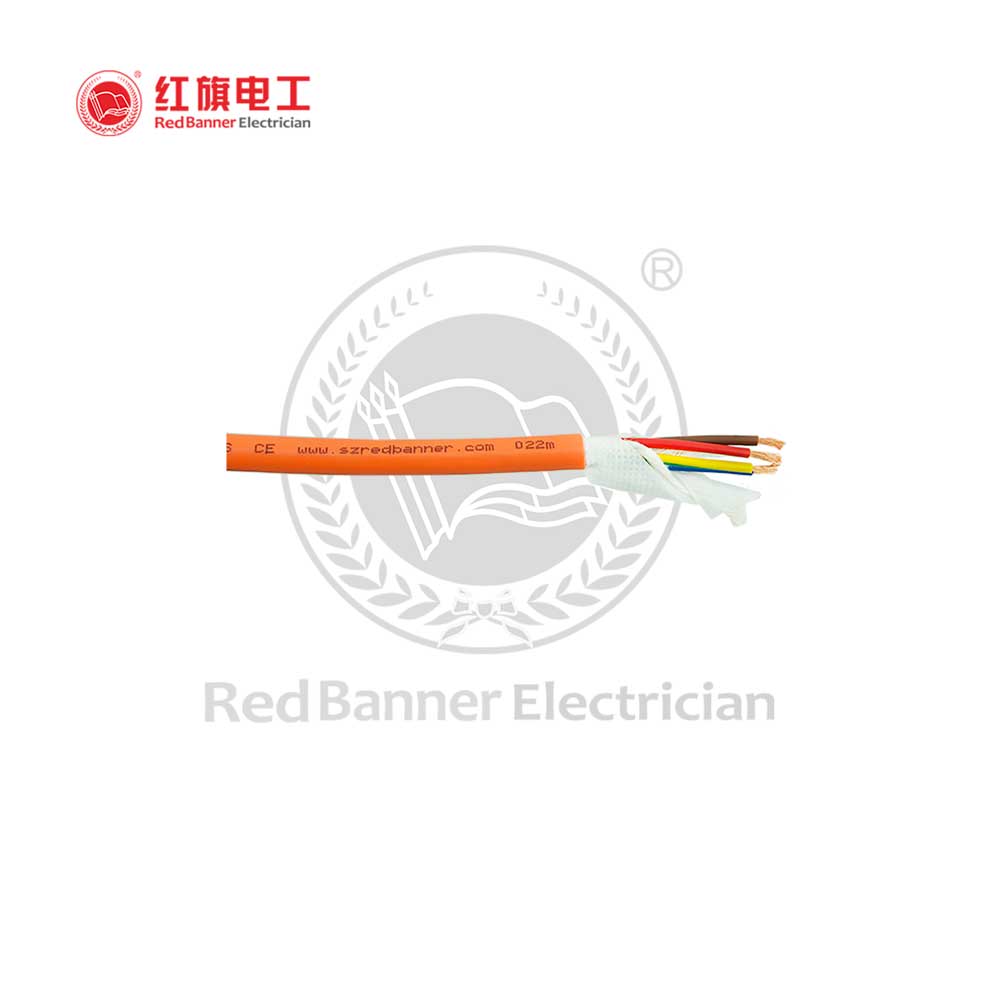
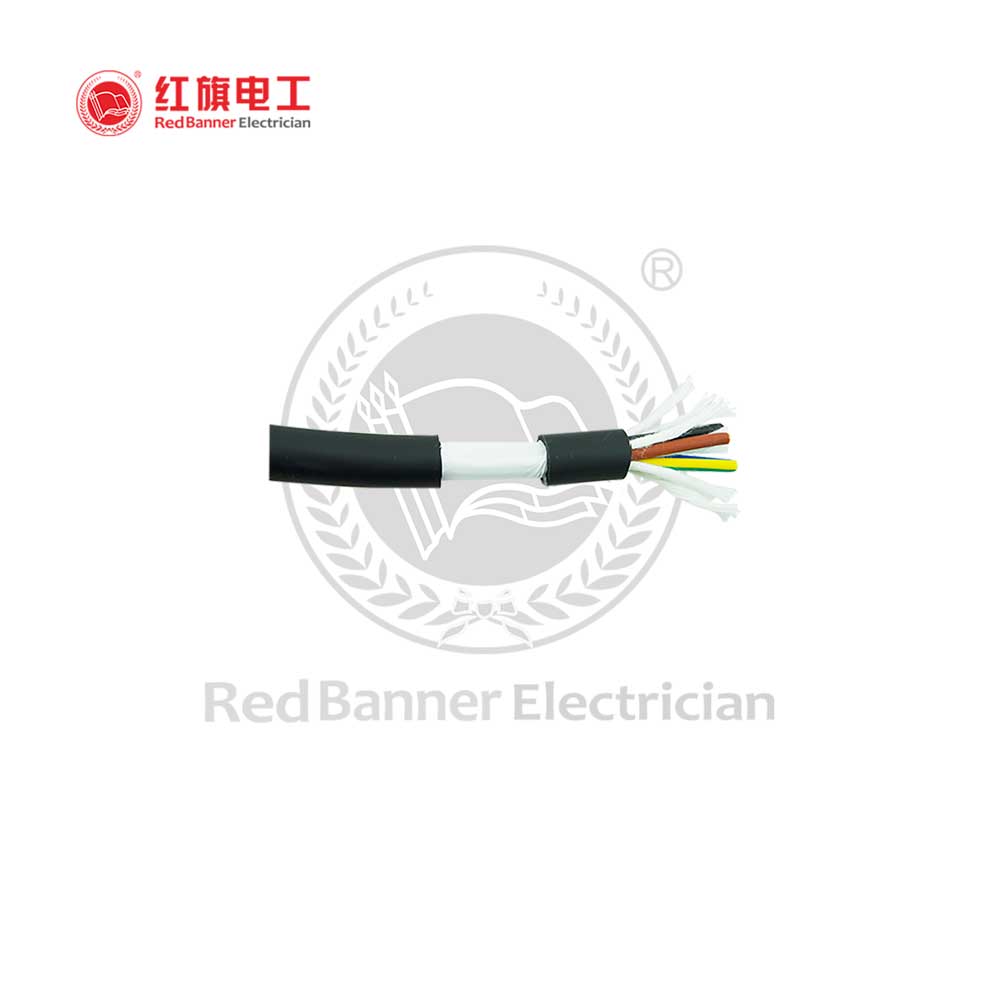

 Tel
Tel
 Email
Email
 Address
Address









